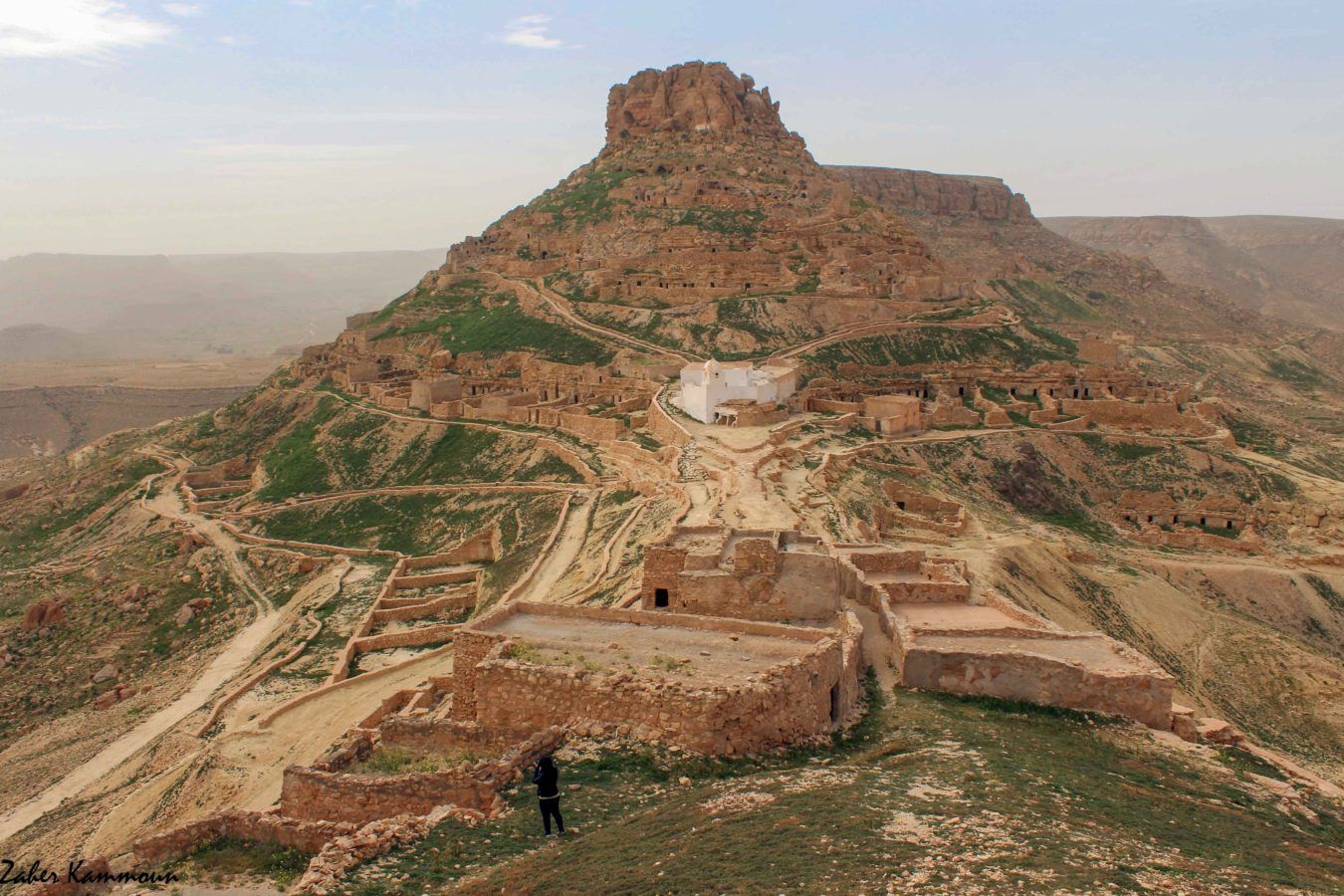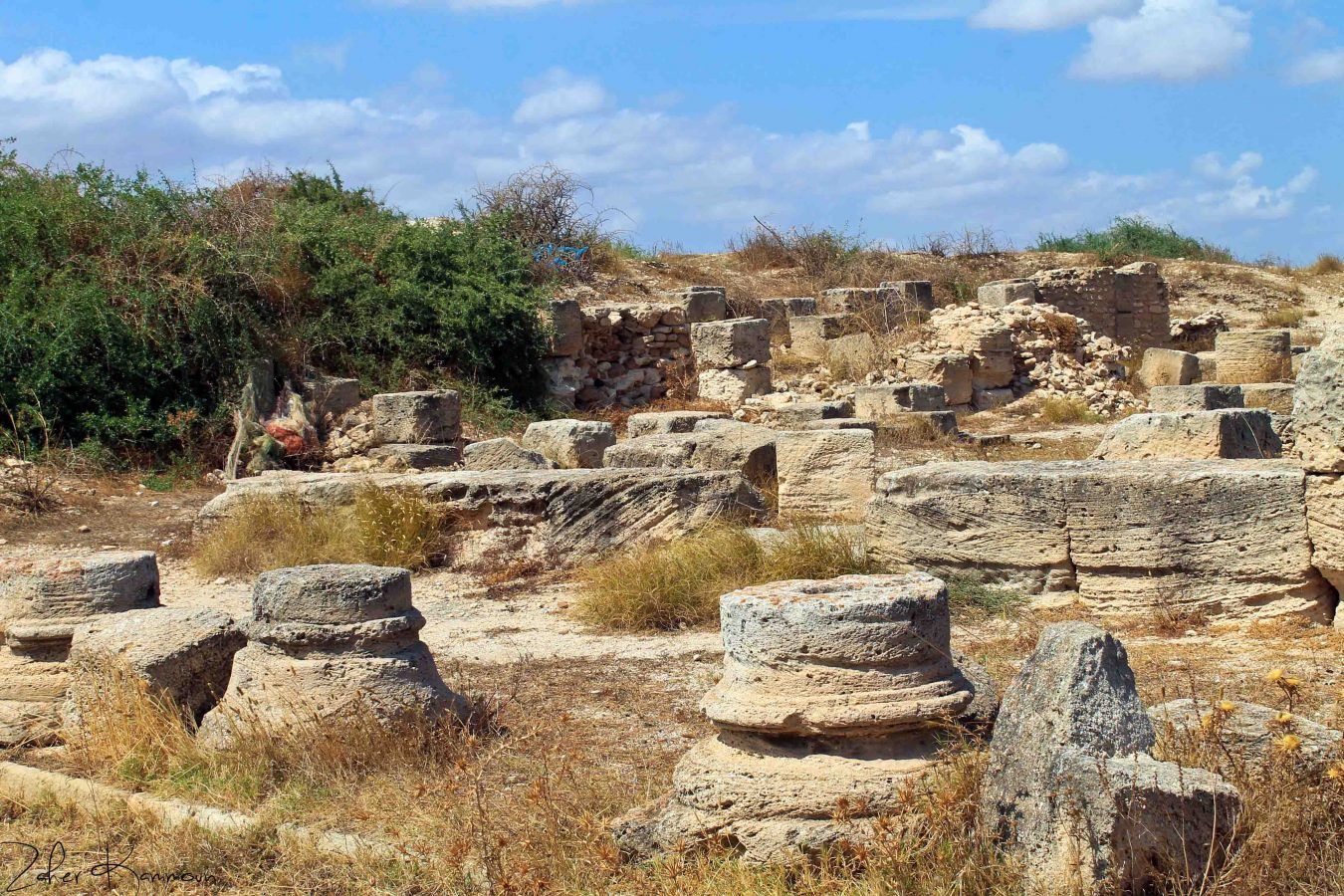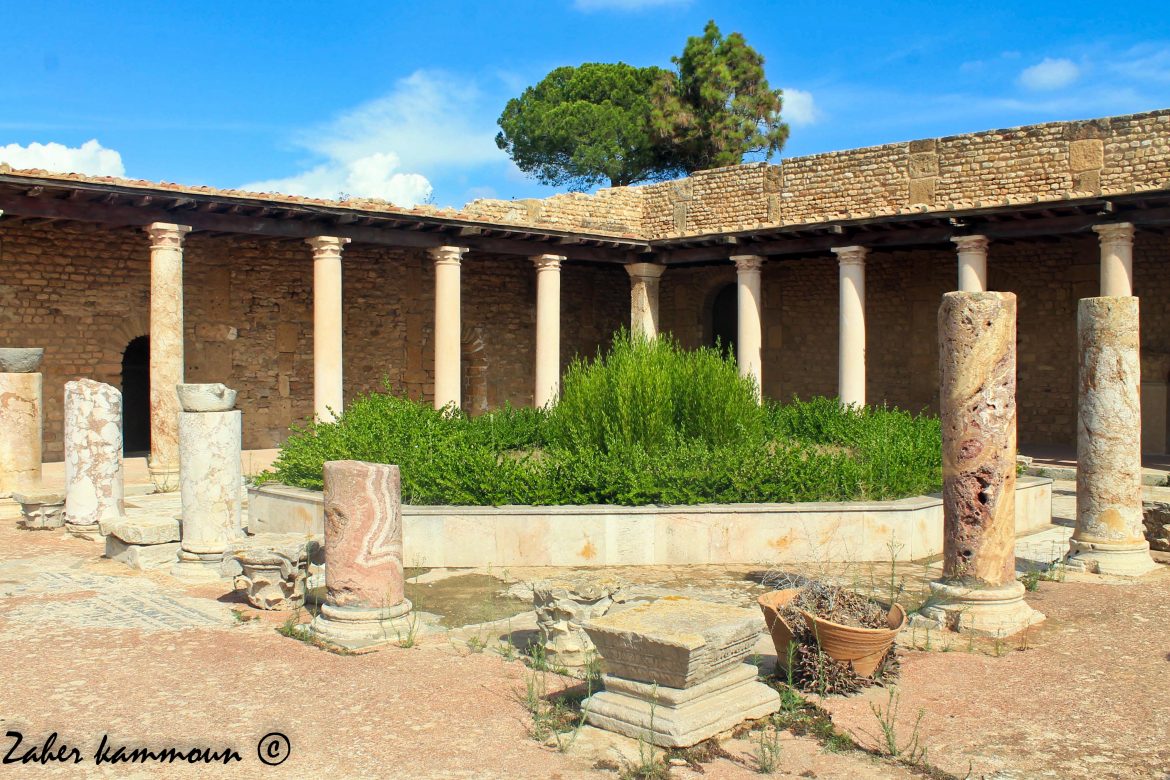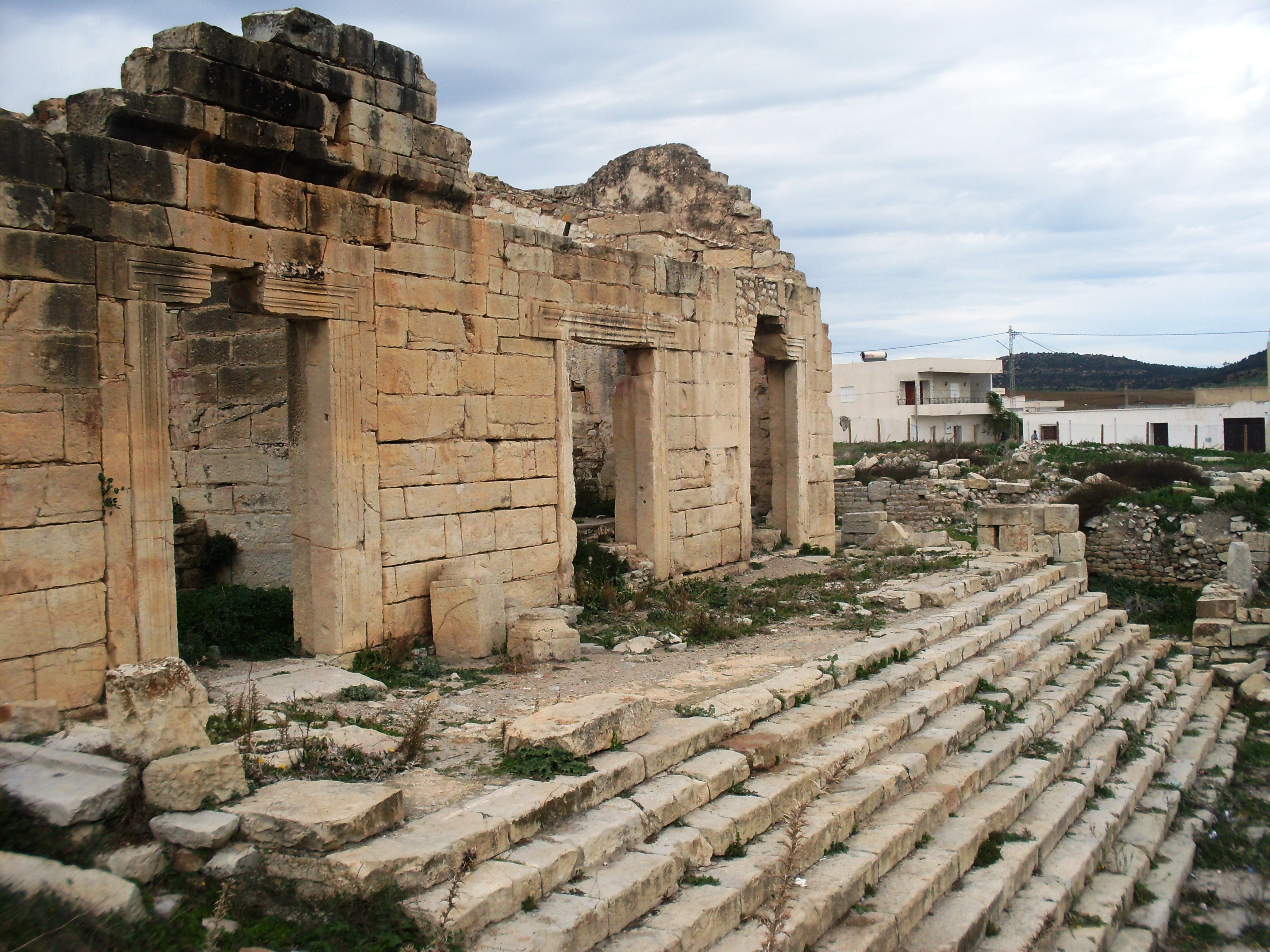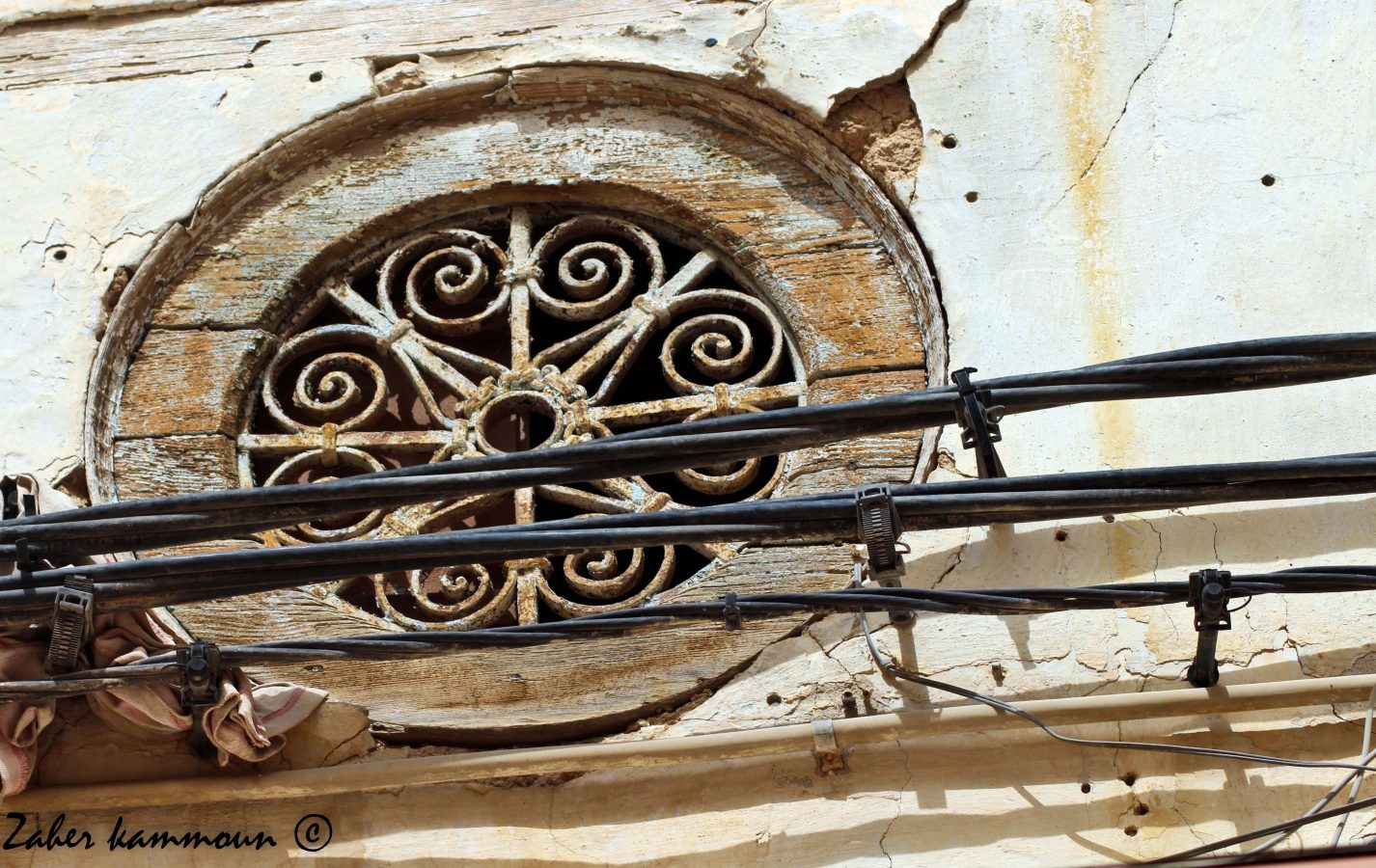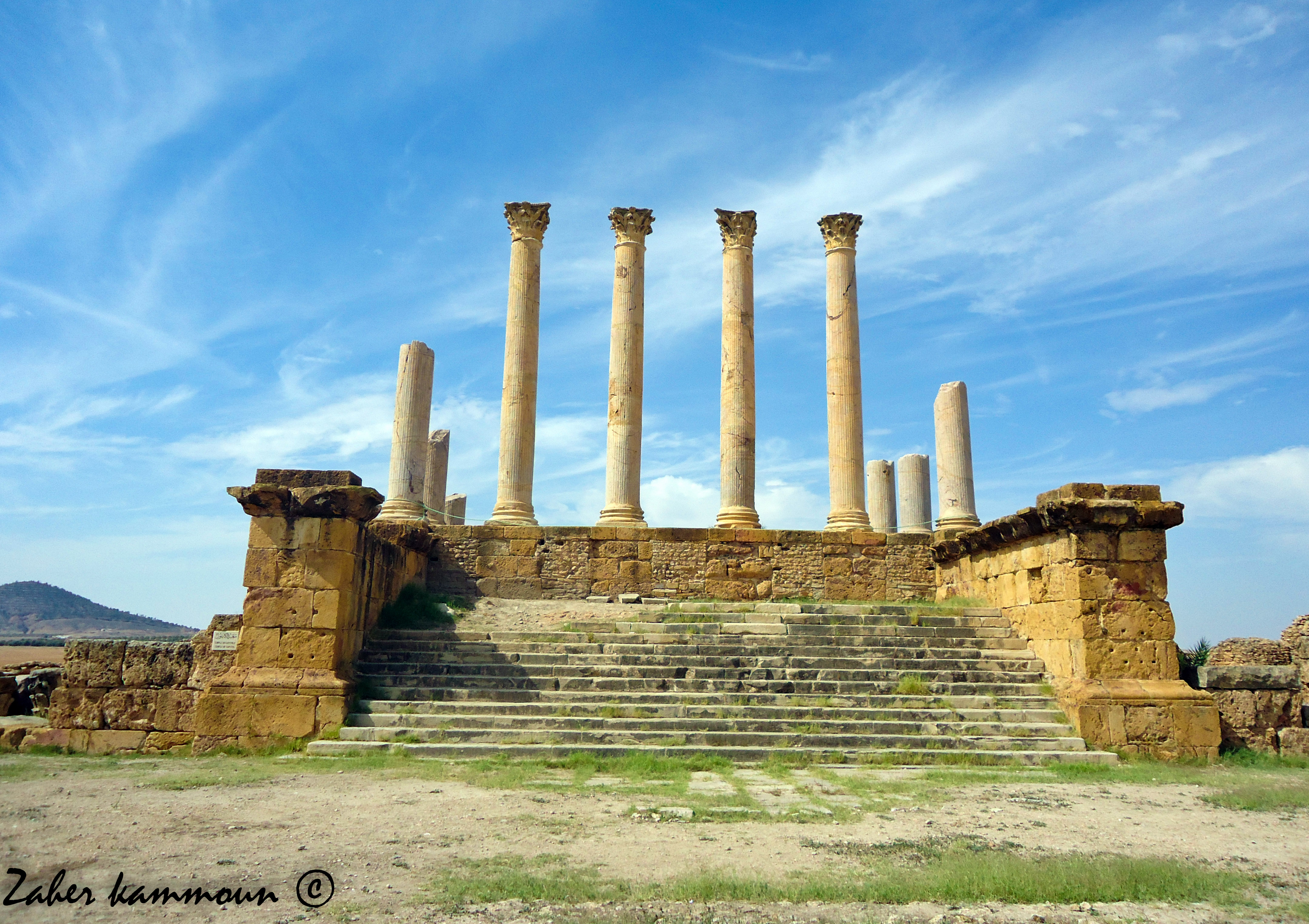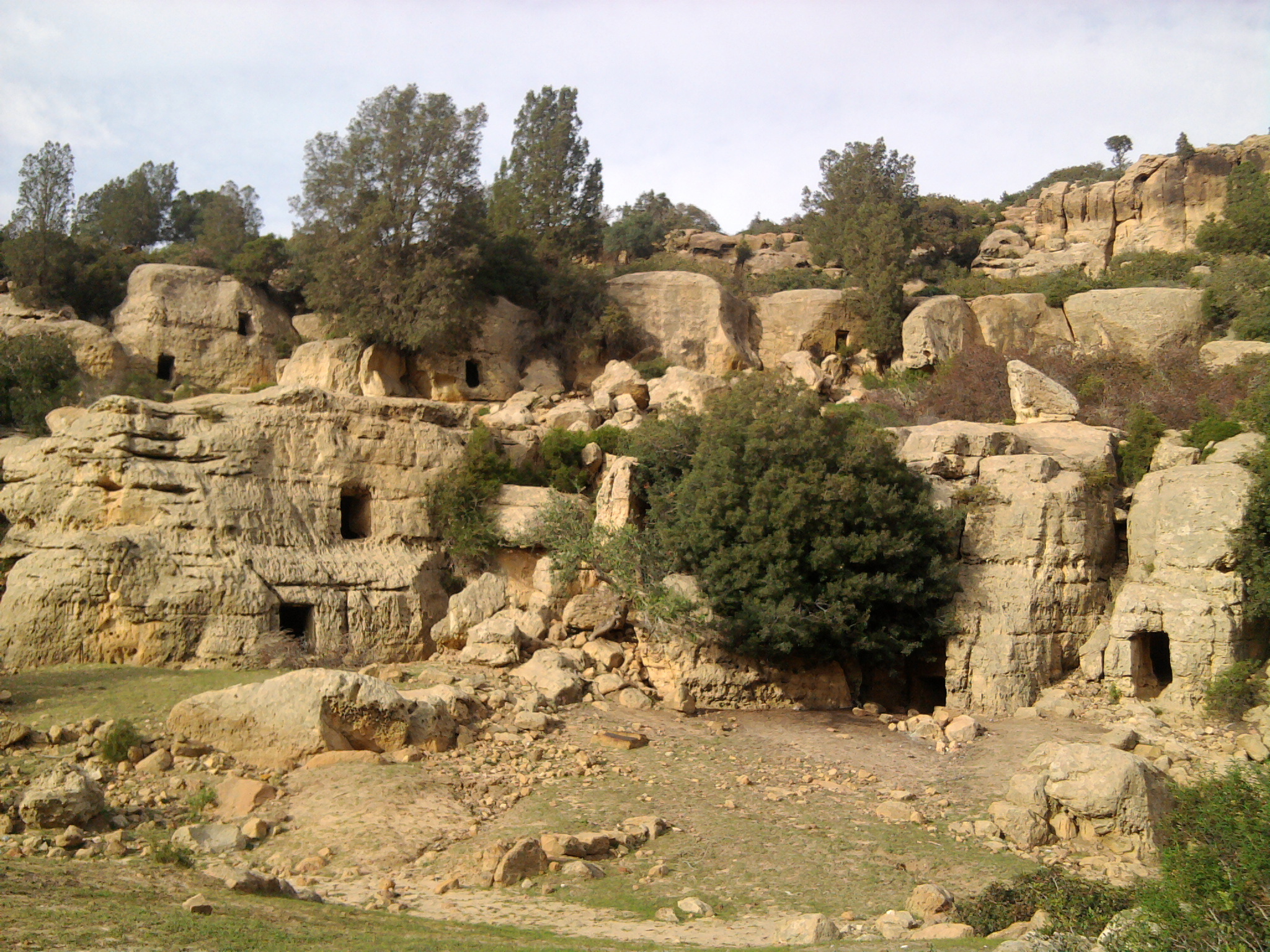From the necropolis of Latrach to the city of Tubernuc
For the first season of trekking programmed by BTE Voyages DMC WORLD TUNISIA, we suggest a Botanical and Archeological Trek to discover the Cap Bon region.
An opportunity to discover places usually little visited by Tunisians and foreigners visiting or residing in Tunisia.
Being a region of market gardening, citrus orchards and viticulture, Cap Bon is sometimes called "Beautiful Promontory" and gives its name to the entire peninsula extending to the cities of Hammamet in the south and Soliman in the west. Measuring 80 kilometers long for a width between twenty and fifty kilometers. It corresponds to the territory of the governorate of Nabeul and hosts the cities of Grombalia, Korba, Hammamet, Kélibia, Hammam Ghezèze, El Haouaria, Menzel Bouzelfa, Menzel Temime, Nabeul, Soliman as well as the Punic site of Kerkouane which is registered in the world heritage of UNESCO.
We will explore together this time the Jebel Region of Sidi Med L'Atrach where the burial chambers are dug in silence. Located at the top, the arrival at this necropolis offers us a splendid view of the culinary lake of the South of Wed lmaâref. After this visit, we will head with our expert to Tubernuc, the Archaeological Site of Ain Tebournouk.
This region is located in a hinge region between the fourth regions of Cape Bon with Kairouan to the southwest, Zaghouan to the west, Carthage to the north and the Sahel to the south; The plain territory takes the form of a slightly curved natural corridor of fifteen kilometers by three, with the Djebel Mekki to the north, the Djebels Bouzekri, El Nahla, El Behelil, Bouchoucha, El Sra and El Mangoub to the south, the Sabâa Ouediane river to the east and the Zammit wadi to the west.
The history of the city is not well known but most probably dates back to the Punic period. This idea stems from the presence of an ex-voto, dedicated to Saturn and Caestis, found in an open-air sanctuary, next to a constant flow spring at the origin of the establishment of the city.
Archaeological research has uncovered public baths and an urban fabric dating back to the first century. An inscription dating from the reign of Macrin attests that the town was elevated to the status of a municipe. The town has a small forum surrounded by porticoes, a slightly raised capitol with three cellæ and a façade portico, hydraulic installations, a small gate dam and an aqueduct.
To conclude, a visit of funerary chambers dating back more than 2500 years, the Roman numido city of Tubernuc and Botanical walk on the heights of Djebel Mangoub with a splendid view of the Lake will make this day a convivial day where exchange and sharing are at the appointment.
 English
English
 Français
Français

